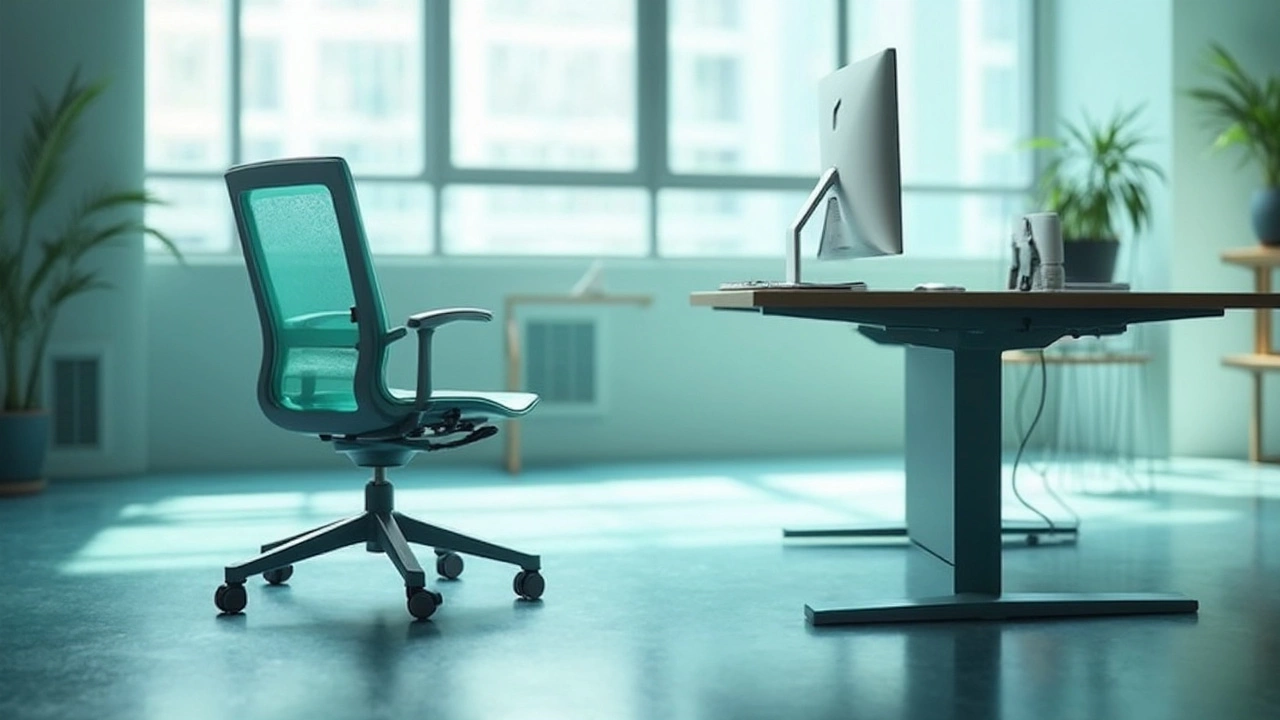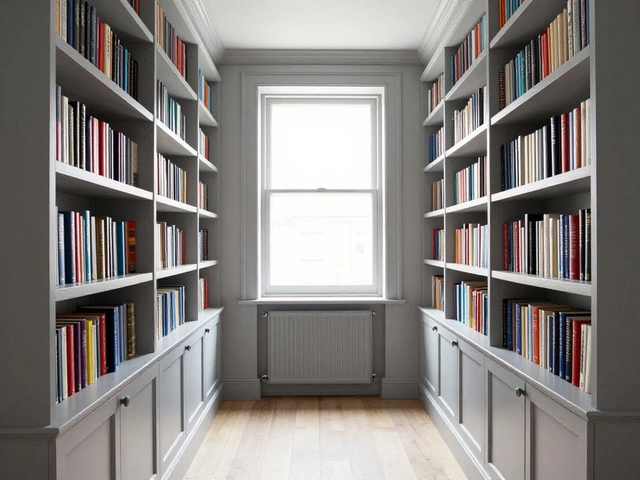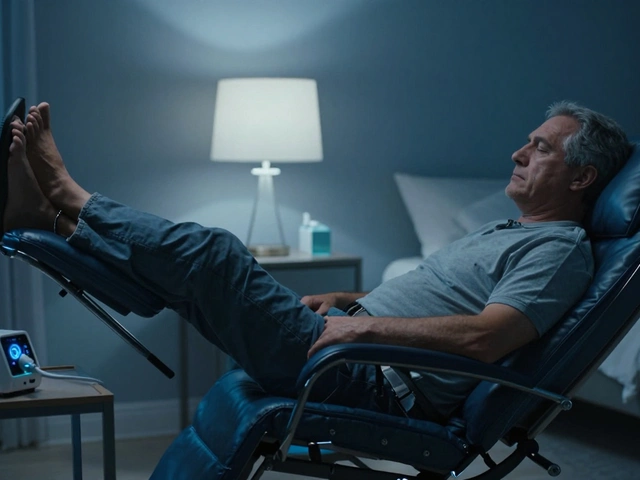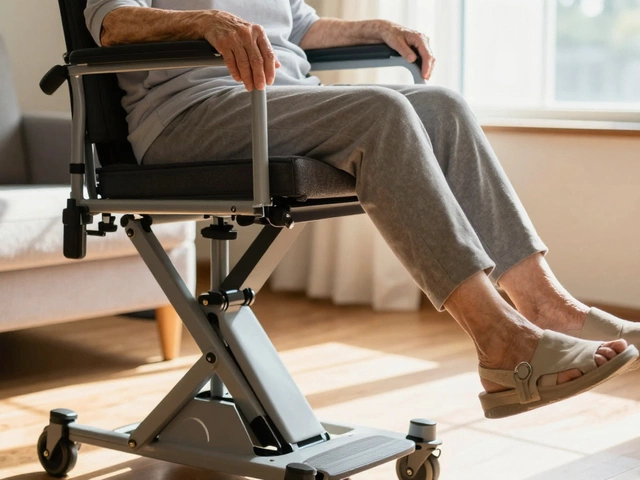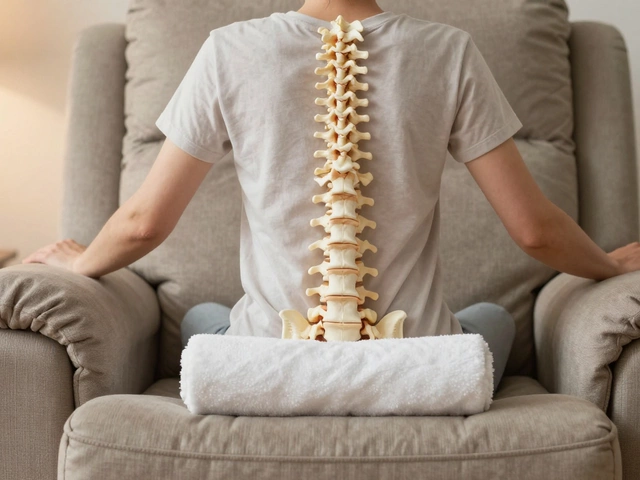ADHD and the Power of Calm Colors
If you or someone you care about has ADHD, you’ve probably noticed how hard it is to stay focused when the room feels chaotic. One easy change you can make is swapping out loud, busy colors for softer, soothing shades. Research shows that certain hues can lower stress, keep the mind steadier, and make it easier to concentrate. Below you’ll get straight‑forward ideas for picking the right paint, furniture, and accessories without turning your space into a boring gray box.
Which Shades Work Best?
Cool blues and gentle greens are the go‑to choices for calming a nervous brain. Light blue mimics the sky, which naturally relaxes the nervous system. Soft teal adds a hint of green, keeping the vibe fresh but still peaceful. If you like warmer tones, try muted lavender or a pale peach. These colors aren’t overly bright, so they won’t overstimulate, yet they add a touch of personality.
When you’re picking a paint color, ask yourself: does this hue feel like a quiet place to you? Test a small patch on the wall and live with it for a day. If it feels soothing in the morning and at night, you’ve probably found a winner.
Practical Ways to Add Calming Hues
Start with the walls because they cover the biggest area. A light blue or sage green paint can transform a bedroom or home office without costing a lot. If you can’t paint, use wall‑coverings like fabric panels or peel‑and‑stick wallpaper in the same palette.
Next, look at larger furniture pieces. A sofa in a soft neutrals—beige, light gray, or a muted teal—acts as a calming anchor. Add throw pillows in the chosen calming colors to reinforce the effect without a big investment.
Don’t forget accessories. Lamps with warm white bulbs keep the light from feeling harsh. A rug in a pale, earthy tone ties the room together and reduces visual clutter. Even small items like a teal coffee mug or a blue desk organizer add the same soothing touch.
Lighting matters a lot. Natural light is best, but if you need artificial light, choose bulbs that emit a soft white glow (around 2700‑3000K). Avoid bright blue‑tinted LEDs, as they can feel harsh and increase distraction.
Finally, keep patterns simple. Busy prints can be overstimulating for an ADHD mind. Stick to solid colors or very subtle textures. If you love patterns, use them sparingly—like a single striped pillow or a gently patterned curtain.
By focusing on these easy changes—choosing cool blues or gentle greens, using calming furniture, and simplifying lighting and patterns—you can create a space that feels less chaotic and more supportive of concentration. You don’t need a full redesign; a few thoughtful swaps can make a noticeable difference in daily focus and mood.
Understanding the Three Supports of ADHD in Office Chairs
Explore how the concept of the 'three legs' of ADHD can be metaphorically applied to enhance office chair design, promoting improved focus and productivity. Delve into ergonomic solutions, creative seating innovations, and how they can support individuals with ADHD in a workspace setting. Learn about practical tips and adjustments that cater to comfort and concentration. Discover facts that simplify office dynamics for everyone. Ideal for those looking to merge creativity with functionality in office environments.
